
Approval of breakthrough therapies requires expedited quality assessment.

Approval of breakthrough therapies requires expedited quality assessment.
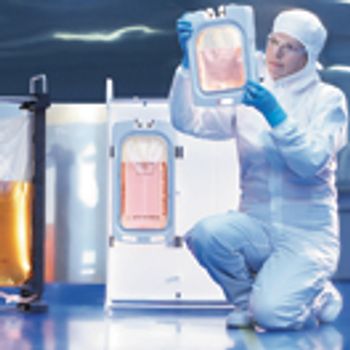
As more companies decouple drug substance from finished drug manufacturing operations, an integrated approach can ensure safe, reliable logistics for frozen storage and shipping.
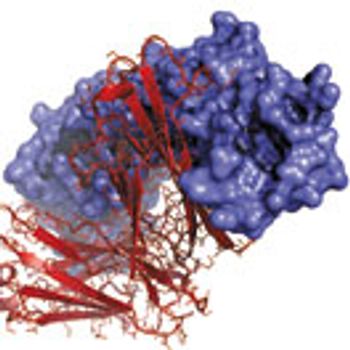
An increase in biologics raises awareness of particle generation and its role in negative patient outcomes.

Microdermics will focus on product development and clinical activities of new drug delivery methods, while Vetter’s primary role will be in the fill and finish aspect.

BioVectra will open its new microbial fermentation and complex chemistry site, including the capability to handle high-potency APIs, by the end of 2017.

A recent survey suggests that 36% of pharmaceutical companies and contract development and manufacturing companies have not started working on serialization, and that those who are working on it are focusing on basic compliance rather than potential long-term business benefits.
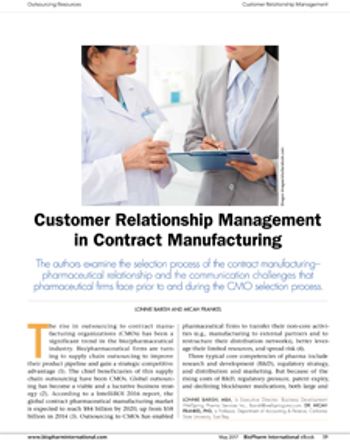
The authors examine the selection process of the contract manufacturing–pharmaceutical relationship and the communication challenges that pharmaceutical firms face prior to and during the CMO selection process.
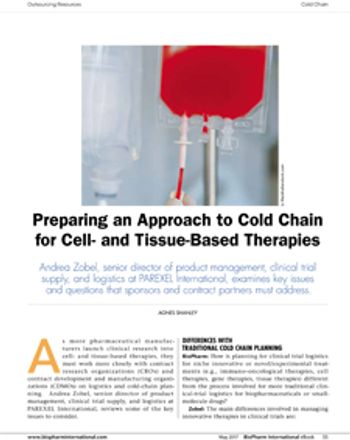
Andrea Zobel, senior director of product management, clinical trial supply, and logistics at PAREXEL International, examines key issues and questions that sponsors and contract partners must address.
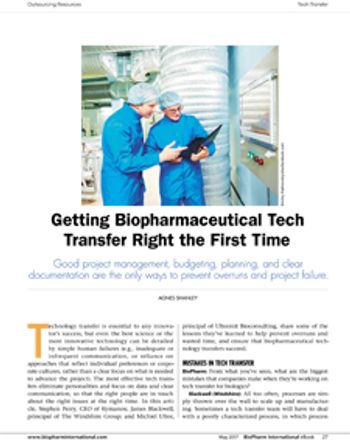
Good project management, budgeting, planning, and clear documentation are the only ways to prevent overruns and project failure.
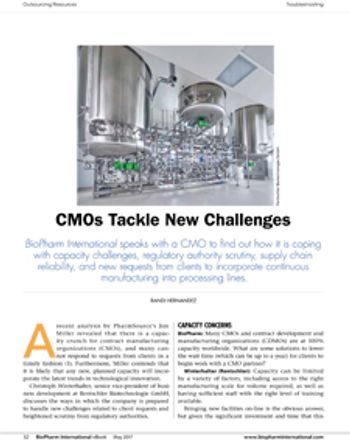
BioPharm International speaks with a CMO to find out how it is coping with capacity challenges, regulatory authority scrutiny, supply chain reliability, and new requests from clients to incorporate continuous manufacturing into processing lines.

FDA sent a warning letter to Pharmaceutic Labs, LLC for deficiencies in producing sterile drugs.

Operated by BioOutsource, Sartorius’ subsidiary, the Glasgow, UK-based service center will offer physicochemical properties and structural attributes testing and allow clients to perform structural and functional analyses in parallel.
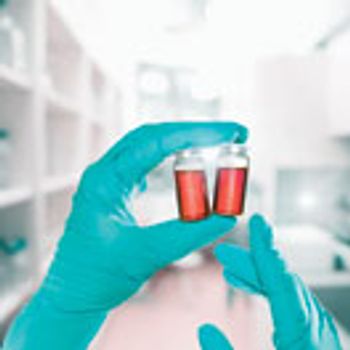
Can bioprocessing runs be consistently replicated in an inherently variable production environment?
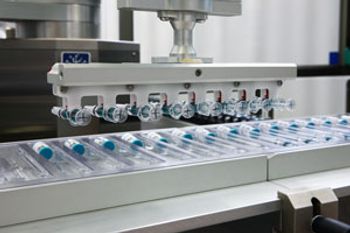
Robotic fill/finish systems reduce human intervention, improve flexibility, and allow more gentle handling of containers.

Avid, a wholly owned subsidiary of Peregrine Pharmaceuticals, will upgrade its Myford, California clinical and commercial manufacturing facility with multiple Mobius 2000-L single-use bioreactors from MilliporeSigma, the companies announced on May 1, 2017.

Recent legislation and PDUFA initiatives aim to streamline oversight and testing requirements.

The unique structures of fusion proteins lead to expression, heterogeneity, and stability issues.

Continuous downstream bioprocessing is proving its worth, but connecting different operations and integrating upstream remains a challenge.

Improving the bioreactor growth environment increases the rigor of bioprocessing runs.

Lonza revealed it received a warning letter from FDA for its cell therapy manufacturing plant.

Cobra will increase capacity in response to customer demand for DNA and viral vector production.

The agency issued its recommendation for the influenza virus strains European vaccine manufacturers should include for 2017.

The company announced the expansion of its global shipping program, which now allows companies to ship dangerous goods between 36 countries.

GE Healthcare continues to ramp up its offerings in the bioprocessing space with the purchase of Asymptote and a continued partnership with Zenith Technologies.

In a new study, researchers from Boston Children’s Hospital study responses to pneumococcal vaccine in infant monkeys.